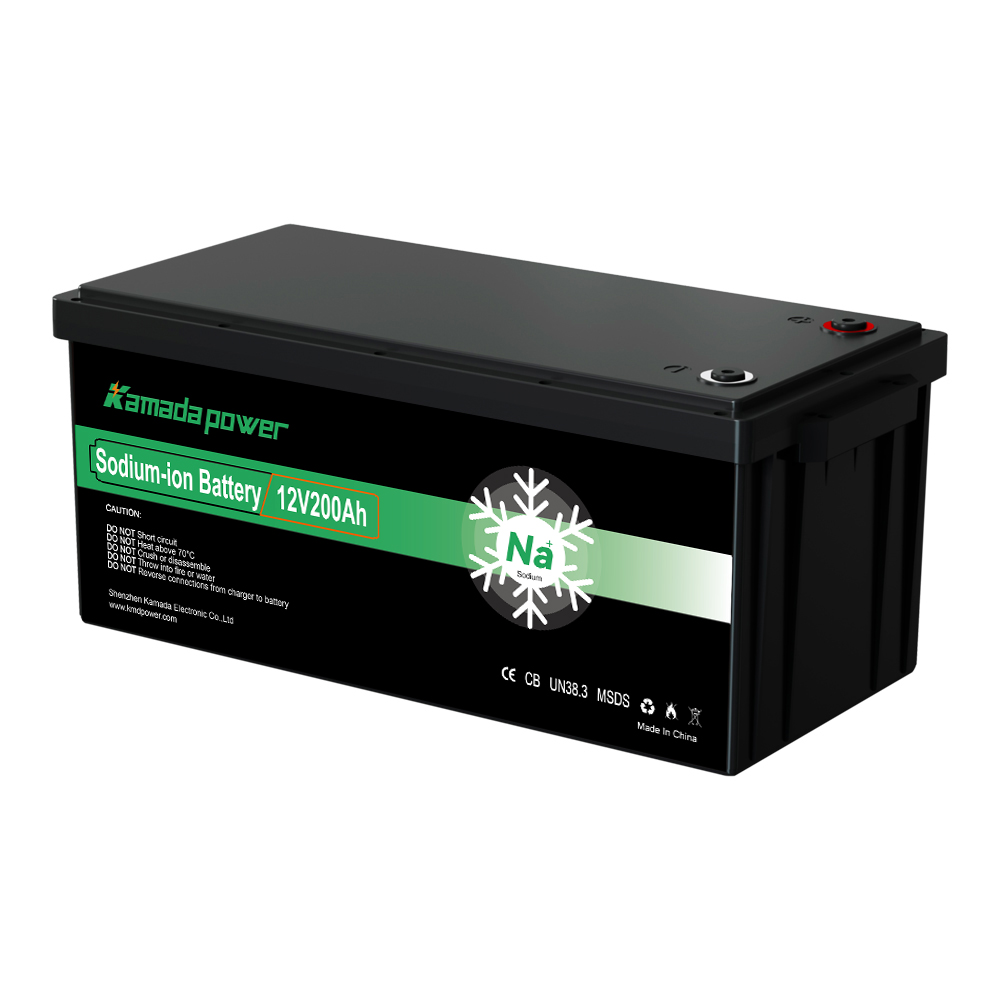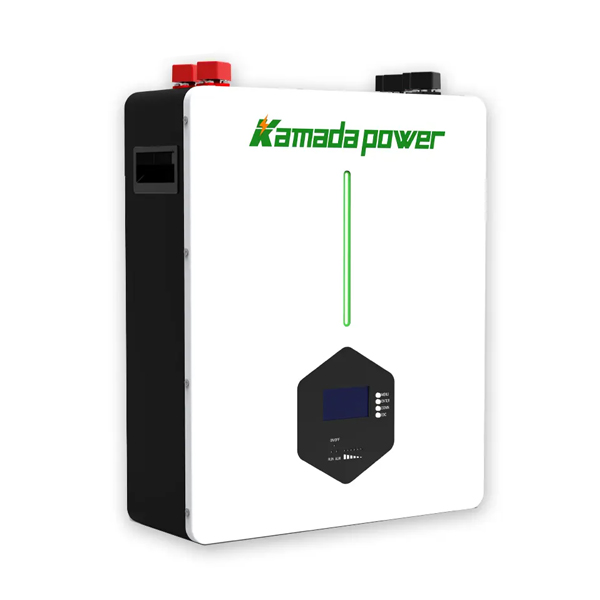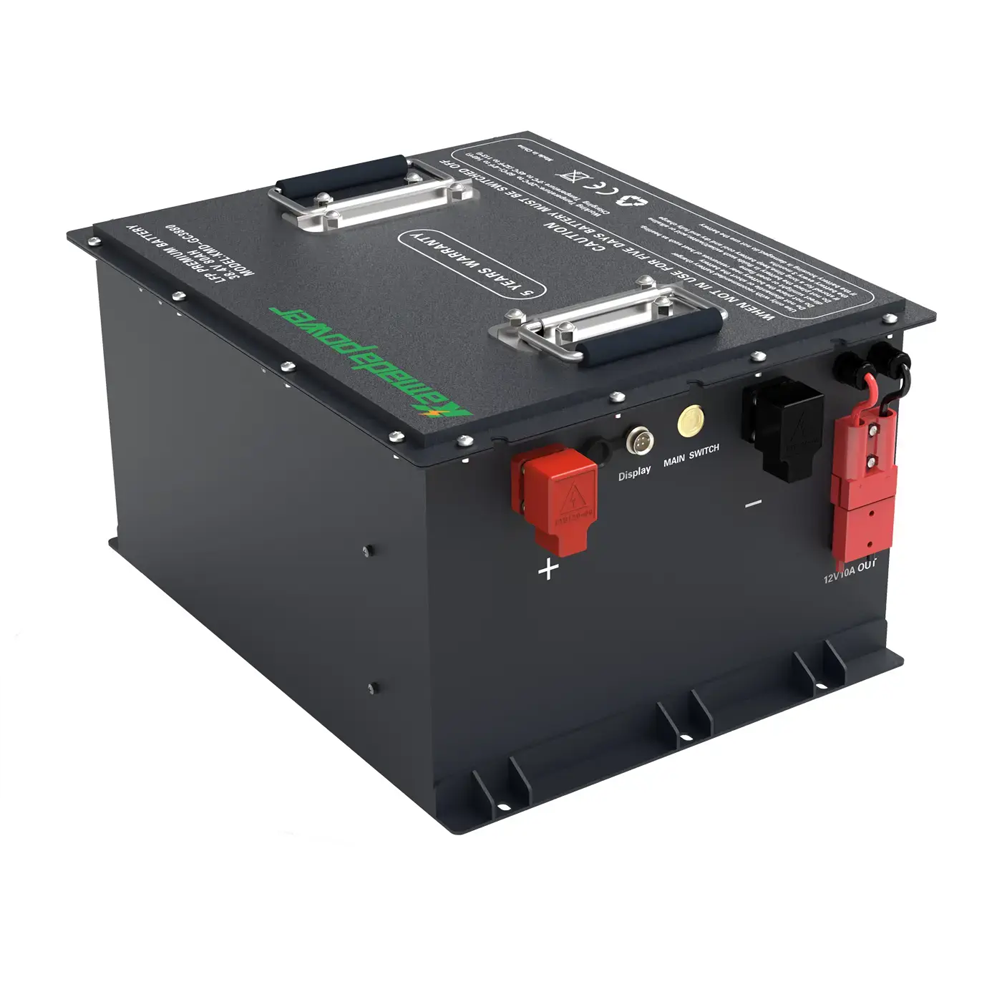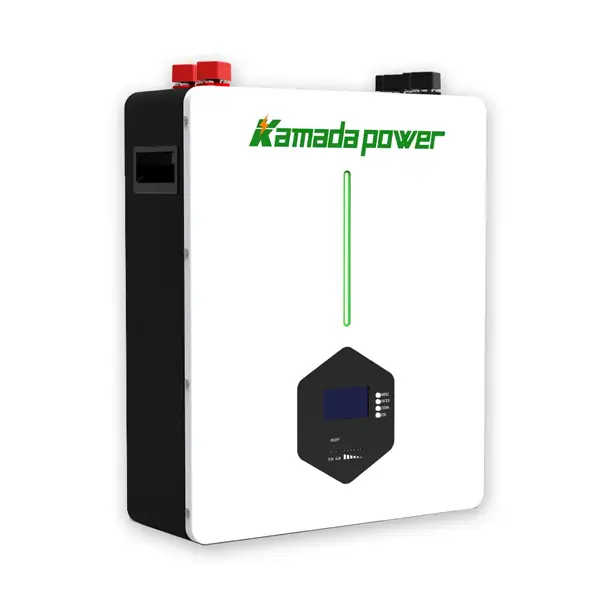Ever let your golf cart sit for a while? Maybe it’s winter, or just a busy stretch of life. It happens! But you probably wonder, “How long is really okay? Will my battery be ruined?”
That battery is key to your electric golf cart running right! Ignoring it when your cart is parked for too long can cause real damage. As a battery expert, I’ve seen my share of golf cart batteries – happy ones and sad ones. Let me give you the lowdown on what happens and what you should do.
Quick Takeaways: Essential Tips for When Your Golf Cart Sits!
Short on time? Here are the most important tips:
- Store it charged. Always start with a full battery.
- Know your battery type. Lead-Acid needs more attention than Lithium when sitting.
- If not maintained: Check Lead-Acid batteries ~every 1-2 months; check Lithium ~every 3-6 months.
- For long sits (more than a few weeks): Disconnect the main negative cable OR use a smart battery maintainer.
- Pick a good spot: Store in a cool, dry place; avoid freezing and extreme heat.
- Tire check: Inflate tires before storing to help prevent flat spots.
- Charge before riding: Always fully charge it before using after a long sit.
Keep these simple steps in mind!
Why Golf Cart Batteries Die When Sitting?
So, why doesn’t a golf cart battery just stay full forever when parked? You’re not driving it, right? Well, batteries have tiny “leaks”:
- Self-Discharge: Batteries naturally lose their charge slowly over time, even when completely disconnected. It’s just how battery chemistry works. Think of a balloon that slowly loses a tiny bit of air even when tied shut. The speed of this “leak” depends on the battery type, its age, and especially heat – warmer temperatures make batteries drain faster!
- Phantom Loads: Some small things in the cart stay “on” all the time, even when the key is off. These might be the battery meter, the control computer’s memory, or maybe accessories. They quietly drain the battery little by little. Think of the clock in your car or the standby light on your TV. Experts call this parasitic drain.
These small power drains add up over weeks and months. If you don’t put power back in, they can eventually drain the battery completely dead.
Lead-Acid vs Lithium: Which Golf Cart Battery Sits Better?
Your battery type matters a lot for how it handles sitting around.
- Lead-Acid: This is older, very common technology (like many car batteries). Lead-acid batteries have a higher self-discharge rate (they “leak” faster) and really dislike sitting when not fully charged. Letting them sit discharged quickly leads to damaging sulfation (more on that in a bit!).
- Lithium: This is newer technology (like the battery in your phone or laptop). Lithium batteries have a much lower self-discharge rate (they “leak” much slower) and usually include a smart internal system called a BMS (Battery Management System) that helps protect them, especially if the charge gets low.
Lithium batteries generally handle sitting unattended for longer periods than lead-acid batteries because they lose charge slower and have better protection. But both types are happiest and last longest if you store them properly!
Table 1: How Battery Types Handle Sitting
| Feature | Traditional Lead-Acid Batteries | Newer Lithium (LiFePO4) Batteries | Why It Matters for Sitting |
|---|---|---|---|
| “Leak” Rate (Self-Discharge) | Higher (Faster power loss when sitting) | Much Lower (Slower power loss when sitting) | Lead-acid loses charge faster just sitting there. |
| Handles Low Charge? | Poorly (Damaged if left discharged!) | Well (Protected by built-in system) | CRITICAL: Lead-acid MUST NOT sit discharged. Lithium is safer if low (but still best stored charged). |
| Internal “Smarts” (BMS) | None (You need to monitor) | Yes (Built-in protection system) | Helps protect Lithium from over-draining and other issues. |
| Best State for Sitting | FULLY Charged | FULLY Charged | Storing full is key for both types to prevent damage over time. |
| Sits Longer Safely (without maintenance) | Less Tolerant (Weeks to a few months before risk) | More Tolerant (Several months before risk) | Lithium often lasts longer before needing a check or charge. |
How Long Can a Golf Cart Sit Without Battery Care?
Okay, the big question: How long can you really let it sit?
The truth? There’s no single, magic number that works for every cart. It truly depends on those “leak” factors we just talked about:
- Was the battery fully charged when you parked it? Starting with a full “tank” buys you a lot more time.
- Is anything in the cart still draining power? Even small phantom loads speed things up.
- How hot is the storage spot? Heat makes batteries lose charge faster.
- How old is the battery, and is it Lead-Acid or Lithium?
General Check Times (If You *Just* Park It & Do Nothing Else):
If you just park a fully charged cart and step away, here are rough ideas for when you should check the battery or charge it before damage becomes likely:
- Lead-Acid: Check/recharge roughly every 1-2 months. If ignored for 2-4 months or more, especially if not fully charged or stored in heat, you risk significant damage.
- Lithium: Check/recharge roughly every 3-6 months. Some high-quality lithium batteries might last even longer (up to a year in ideal, cool conditions with a good BMS), but checking every 3-6 months is a safe bet.
But here’s the key: These times are just for batteries left without proper storage steps. Follow a few simple preparation steps (like storing fully charged and disconnecting the battery OR using a battery maintainer), and your battery can sit *much* longer safely – often through an entire off-season without worry!
Sitting Too Long: What Happens to Golf Cart Battery & Cart?
Ignoring your golf cart when it’s parked for a long time can cause real problems, especially for the golf cart battery.
For lead-acid batteries, the biggest enemy is Sulfation.
- Inside a lead-acid battery, soft crystals form when it discharges.
- If the battery sits discharged for too long, these crystals get hard and stick firmly to the lead plates.
- Think of it like gunk blocking a pipe. Sulfation blocks the plates, making it hard for the battery to take a charge or give power out. This permanently hurts the battery’s ability to hold power and makes it die early.
Letting any battery type (Lead-Acid or Lithium) become completely empty (a deep discharge) is also very harmful. It can cause permanent internal damage, reducing the battery’s total capacity forever.
What Else Happens to the Cart Itself?
Long sits aren’t just bad news for the battery:
- Flat Spots on Tires: If the cart sits in the exact same spot for months, the weight can cause flat spots on the tires. This makes for a bumpy ride and might even permanently damage the tires.
- Corrosion: If stored in damp or humid areas, metal parts on the cart, including battery cables and connections, can rust or corrode.
How to Prepare Your Golf Cart for Sitting?
Planning to park your golf cart for more than a few weeks? Do these things to give your golf cart battery and golf cart the best chance of staying healthy!
Table 4: Simple Steps for Golf Cart Storage
| Step | What To Do | Why It Helps |
|---|---|---|
| Charge the Battery FULLY | Plug in your charger and let it complete a full charge cycle (until it shuts off). | MOST IMPORTANT. Starts your “tank” full, providing maximum defense against drains and preventing sulfation (lead-acid). |
| Clean the Battery Terminals | Use a wire brush and baking soda/water mix to clean any corrosion (white or blue fuzzy stuff) from the battery posts and cable ends. Rinse and dry well. | Dirty terminals cause power “leaks” while sitting and make charging harder later. Clean connections are healthy connections. |
| Disconnect Main Negative Cable | Find the main black cable on the battery pack (usually connected to the cart’s frame). Disconnect that specific cable from the battery post. Always be safe and follow your cart’s manual! | This stops all power drain from the cart itself, completely eliminating phantom loads while it sits. This is often the best way to store lead-acid batteries if not using a maintainer. |
| Store in the Right Place | Find a cool, dry location like a garage or shed. Consider using a golf cart cover. | Temperature is key! Cool temps slow discharge. Dryness prevents corrosion. Absolutely avoid freezing temperatures (empty batteries can freeze and crack!) and extreme heat. |
| Check Tire Pressure | Inflate all tires to the recommended pressure before you park the cart for a long time. | Helps prevent flat spots from the cart’s weight during long periods of rest. |
| Consider a Battery Maintainer | If disconnecting is difficult or you want automatic care, connect a smart maintainer (see next section). | This device automatically monitors the charge and gives small boosts as needed, keeping the battery topped off. Good for lead-acid in long storage. |
Should I Use a Battery Maintainer When My Golf Cart Sits?
What exactly is a battery maintainer? It’s a small, smart device you can plug into your battery during storage.
- What it does: It’s not like a regular charger that just fills an empty battery. Instead, it checks the battery’s charge level and gives tiny, gentle top-up charges only when needed to keep it full. Think of it as a smart helper that keeps your “fuel tank” from ever getting low, without overcharging it.
- Do you need one? You don’t have to if you fully charge the battery and disconnect the main negative cable (that stops pretty much all drains).
- When to use one? They are very helpful for lead-acid batteries being stored for more than a month or two. They actively fight self-discharge and prevent sulfation by keeping the voltage up. You can use them with Lithium batteries too if the manufacturer allows, but Lithium usually needs them less because of their lower self-discharge and BMS protection. Use one if you want automatic, worry-free care or if disconnecting the battery is a hassle for you.
What to Do After Golf Cart Has Been Sitting?
Cart’s been parked for a while? Time to get it ready to roll!
- Reconnect: If you disconnected the battery, carefully reconnect the main negative cable. Make sure it’s clean and tight.
- Quick Check: Look at the battery terminals (still clean?). Check tire pressure.
- Full Charge Cycle: Even if you used a maintainer, plug in your regular charger and let it run a full charge cycle until it automatically shuts off. This ensures the battery is balanced and truly at 100% before you head out.
- Listen & Look: Turn the key. Do the lights come on strong? Does the motor sound right? Does the cart move smoothly?
- What if the Battery Seems Dead or Won’t Charge?
- Double-check all battery connections. Are they clean and tight?
- For lead-acid batteries, check water levels after charging (never before charging if they are very low!). Add distilled water if needed.
- Try running the charger again for a full cycle. Sometimes batteries need a little nudge after a long sit.
- If it’s still dead or won’t hold a charge, the battery might be sulfated (lead-acid) or otherwise damaged. At this point, it’s often best to get the battery professionally tested or start thinking about replacement.
Conclusion
Letting your golf cart sit is sometimes necessary – whether it’s for the off-season or just because life gets busy. But skipping proper battery care during that downtime can seriously shorten your battery’s life, costing you money and causing frustration when you’re ready to ride again.
Doing a little bit of simple preparation – like starting with a full charge, storing smart, and maybe disconnecting the battery or using a maintainer – makes a huge difference in keeping your battery healthy and ready.
Follow these simple steps, take good care of your battery and cart when they’re sitting, and they’ll be charged up and ready to roll smoothly when you are! Happy riding!
Kamada Power is a golf cart battery manufacturers in china, specializing in customized golf cart batteries for wholesalers, distributors, and brand customers. Contact Us







